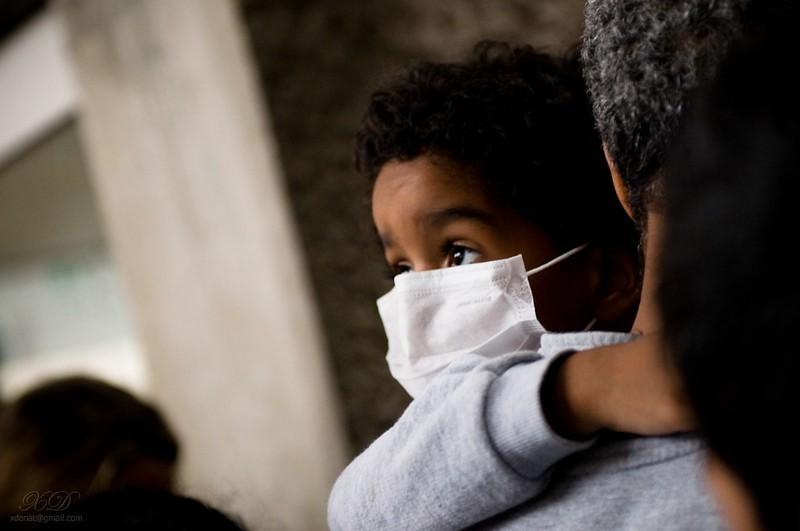From school closures to delays in routine immunizations, the effects of the COVID-19 pandemic on children are far-reaching.
Two new studies describe how Japanese children exposed to the first 2 years of the pandemic show developmental delays and note that 28% of US kids had delayed or missed preventive care visits due to COVID-19, with variations by race and ethnicity.
In the first study, published yesterday in JAMA Pediatrics, researchers compared developmental outcomes at age 3 or 5 years between Japanese nursery student cohorts who were exposed to the pandemic during the follow-up with a cohort who was not.
Children's developmental age was assessed by nursery teachers using the Kinder Infant Development Scale (KIDS), which looks at physical motor, manipulation, receptive language, expressive language, language concepts, social relationships with children, social relationships with adults, and discipline via a questionnaire about each child.
The researchers used nursery centers in Tokyo as their study setting, and looked at children ages 1, 3, and 5 years. In Japan, 98.3% of children attend a nursery center before starting elementary school. At the start of the pandemic, centers were closed from mid-April to mid-June 2020, and there were subsequent brief closures and missing days for children as the pandemic progressed.
A total of 447 children in the 1-to-3 age-group and 440 children in the 3-to-5 age-group were included in the final analysis.
5 year-olds behind by more than 4 months
When comparing children from before the pandemic to those exposed to the pandemic, the authors found that 3-year-olds did not have delays on the KIDS scale, but 5-year-olds exposed to the pandemic were on average 4.39 months behind in overall development compared with a cohort of 5-year-olds before 2020.
In both age groups, social relationships with adults showed the greatest variation during the pandemic.
"In both age groups, social relationships with adults showed the greatest variation during the pandemic," the authors wrote. "The pandemic increased the amount of time parents stayed at home, so increased 1-to-1 interactions within the family may have offset the negative outcomes of the pandemic among the exposed cohorts at age 3 years."
For the older kids, parental depression, including stress from the pandemic, appeared to amplify the association between the pandemic and delayed development, the authors said.
Missed or delayed preventive care
In a second study based on US children in JAMA Network Open yesterday, the authors explore the racial and ethnic factors that contributed to delayed or missed pediatric care during COVID-19.
Overall, 27.6% of US children aged 0 to 17 years had delayed or missed preventive care due to the pandemic, according to data gleaned from 50,892 respondents to the 2021 National Survey of Children's Health.
The average age of respondents was 8.5 years, and 0.4% of children were American Indian or Alaska Native, 4.7% were Asian or Pacific Islander, 13.3% were Black, 25.8% were Hispanic, 50.1% were White, and 5.8% were multiracial.
The pandemic may have sustained or exacerbated barriers for some groups while potentially creating new barriers for others.
Asian or Pacific Islander children (prevalence ratio [PR], 1.16; [95% confidence interval [CI] 1.02 to 1.32]), Hispanic children (PR, 1.19; 95% CI, 1.09 to 1.31), and multiracial children (PR, 1.23; 95% CI, 1.11 to 1.37) were more likely to have delayed or missed preventive care than were White children, the authors said.
Overall, children 6 and older were more likely to have missed preventive care, as well as children who lived with a higher number of children in the home, and children from lower income homes.
"The pandemic may have sustained or exacerbated barriers for some groups while potentially creating new barriers for others,” the authors write. "Our findings highlight risk and protective factors among different racial and ethnic groups and may guide targeted interventions aiming to promote timely pediatric preventive care."



















